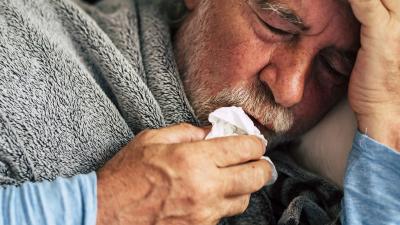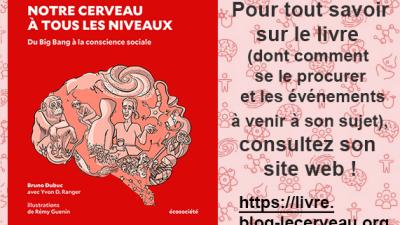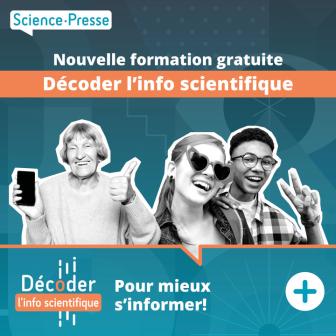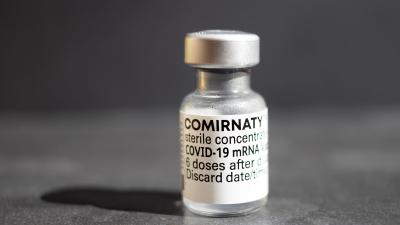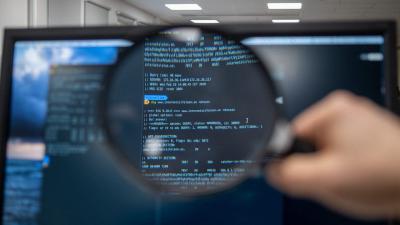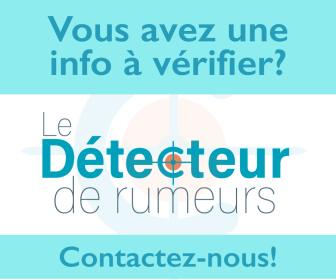
This article is a report on our journalist’s favourite workshops when she attended the UNESCO Global Media and Information Literacy Feature Conference for the first time. The Conference was held recently in Göteborg, Sweden.
---
By Jessica Beauplat
It was a real privilege for me to be selected to attend this global conference.
I was immediately interested in the chance to meet passionate leaders from all over the world to discuss current issues regarding disinformation and innovative solutions that could be applied to counter fake news. That’s what drew me to the call for candidacies of the Career Development Program of Offices jeunesse internationaux du Québec.
Abonnez-vous à notre infolettre!
Pour ne rien rater de l'actualité scientifique et tout savoir sur nos efforts pour lutter contre les fausses nouvelles et la désinformation!
I wanted to find out for my colleagues how this was done in other countries. Do we all face the same issues? Had they found solutions to certain problems that I could use in turn?
So I went to Sweden!
Education – a role for everyone
Throughout the event, which was attended by over 300 participants, the same message prevailed. All of us – journalists, children and their parents - have a role to play to preserve the vitality and health of information. So does the older population, who are increasingly active on social media.
The Scandinavian countries, pioneers in media and information literacy, take a close interest in this phenomenon and have already put solutions in place to counter disinformation.
Inspiring initiatives
The News Evaluator project was launched in Sweden in the context of European Researchers’ Night in 2017. The second phase of this project began the following year and will continue until spring 2020.
This project’s ultimate objective is to develop a tool that can be used both by schools and by the general public. The triggering factor is the large number of young people who obtain their information on websites and social media. Parallel to this, certain players use these channels to spread fear and prejudice through false information. To raise adolescents’ awareness of this rampant disinformation, a special event was organized during the last Swedish election campaign. This allowed researchers to investigate political information in the young participants’ digital streams.
The Data Detox Kit was the result of a joint effort by two organizations working in technology and the Mozilla Foundation. The concept offers areas to think about, as well as tips and actions to take over an eight-day period. Participants can study the data they leave on the web and the grip that digital technology can have on their lives, so that they can regain control. A small booth — the Data Detox Bar — had even been set up for the occasion, where kits were demonstrated.
In some Swedish and Finnish schools, young students learn to think and read information like a journalist and then create content in turn. This is the message: they can no longer rely blindly on the information they receive. They must bear in mind that it can be false or manipulated.
Other initiatives are presented in the booklet distributed to the conference participants and available free in digital version, Understanding Media and Information Literacy (MIL) in the Digital Age —A Question of Democracy.
Fake news of the future
Another favourite workshop was given by Rachel Schnalzer, Los Angeles Times Audience Engagement Editor. During her previous jobs at Snapchat and BuzzFeed, Ms. Schnalzer worked with several YouTubers.
She doesn’t perceive them as a threat to information or democracy. Instead she considers that, if they are well guided, they could help convey a message that otherwise wouldn’t get through. “It’s possible to teach these young people how they can get involved in creating content responsibly,” she explained. Specifically, they can verify information with several sources before sharing it, indicating this clearly on the screen or in the description at the bottom of the video.


